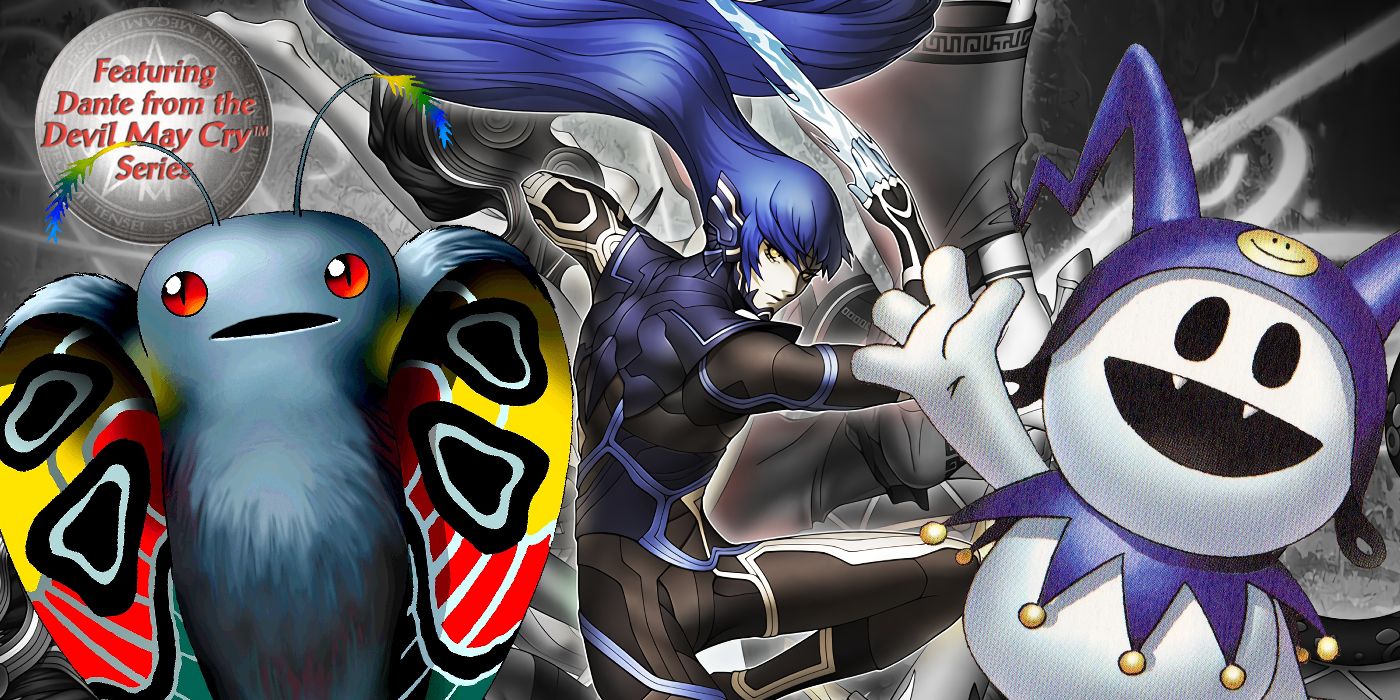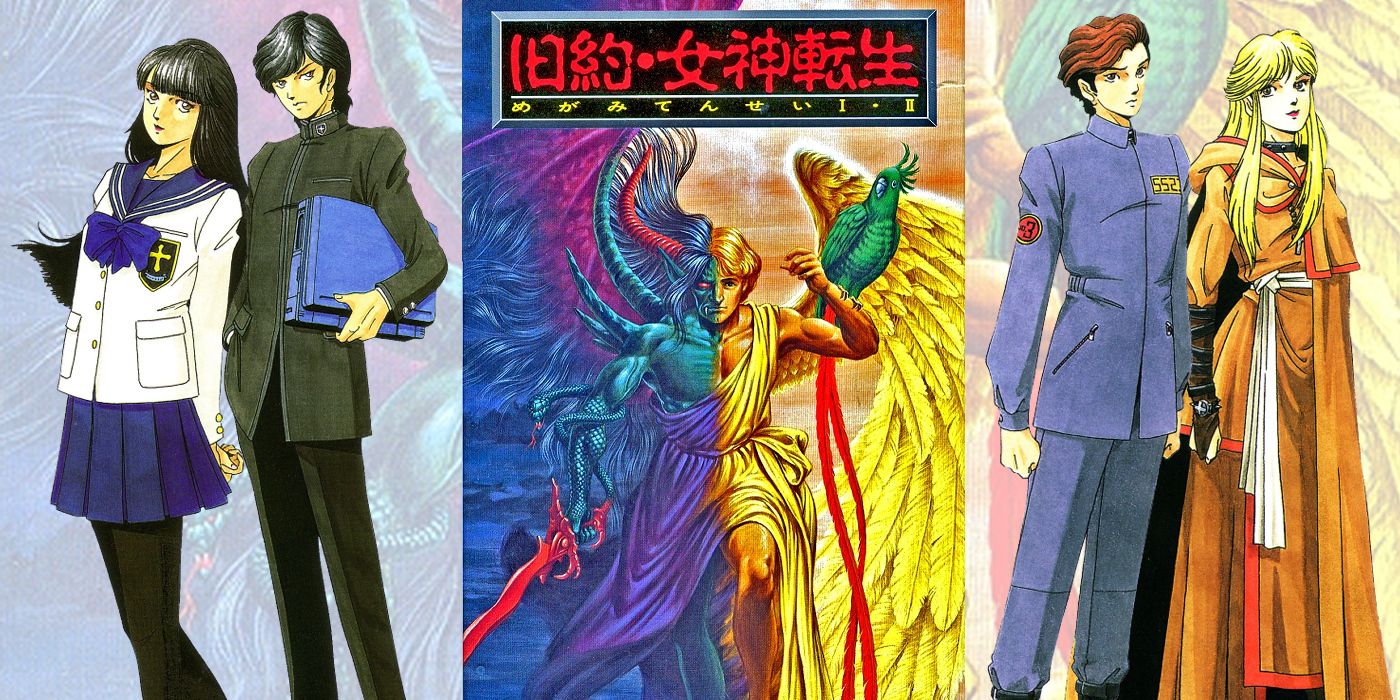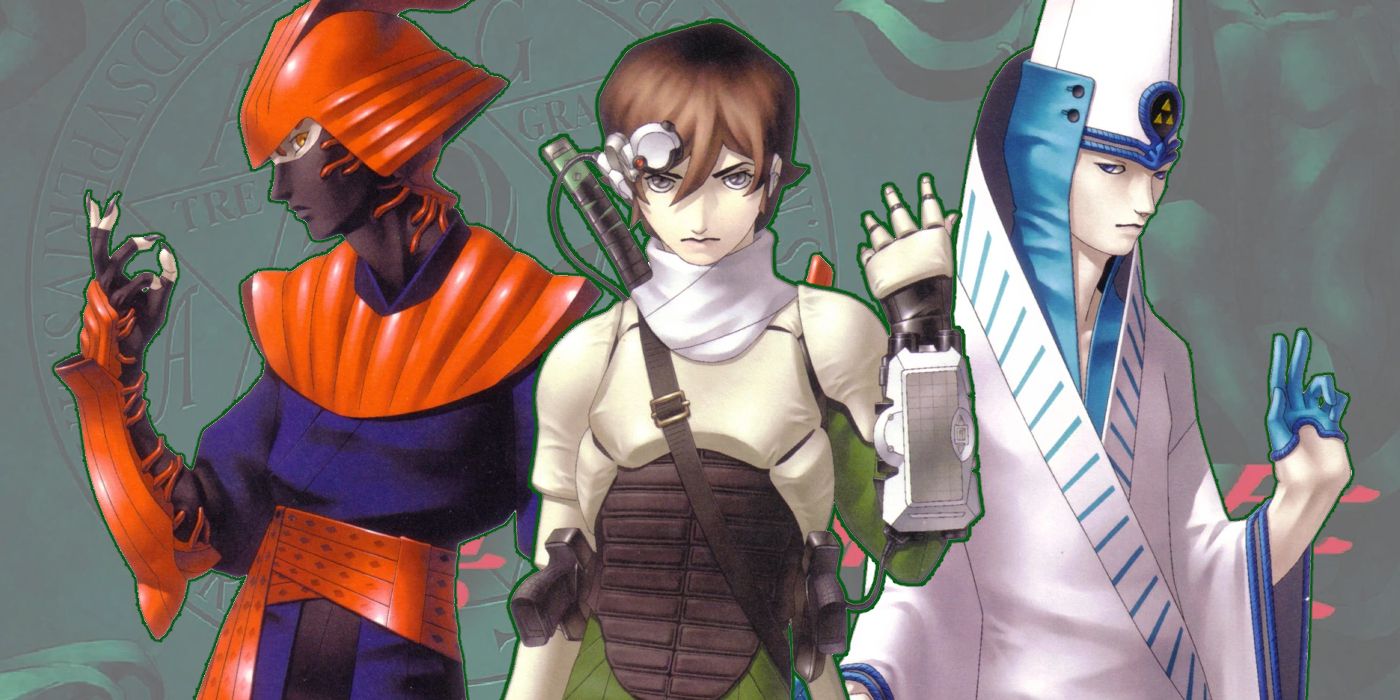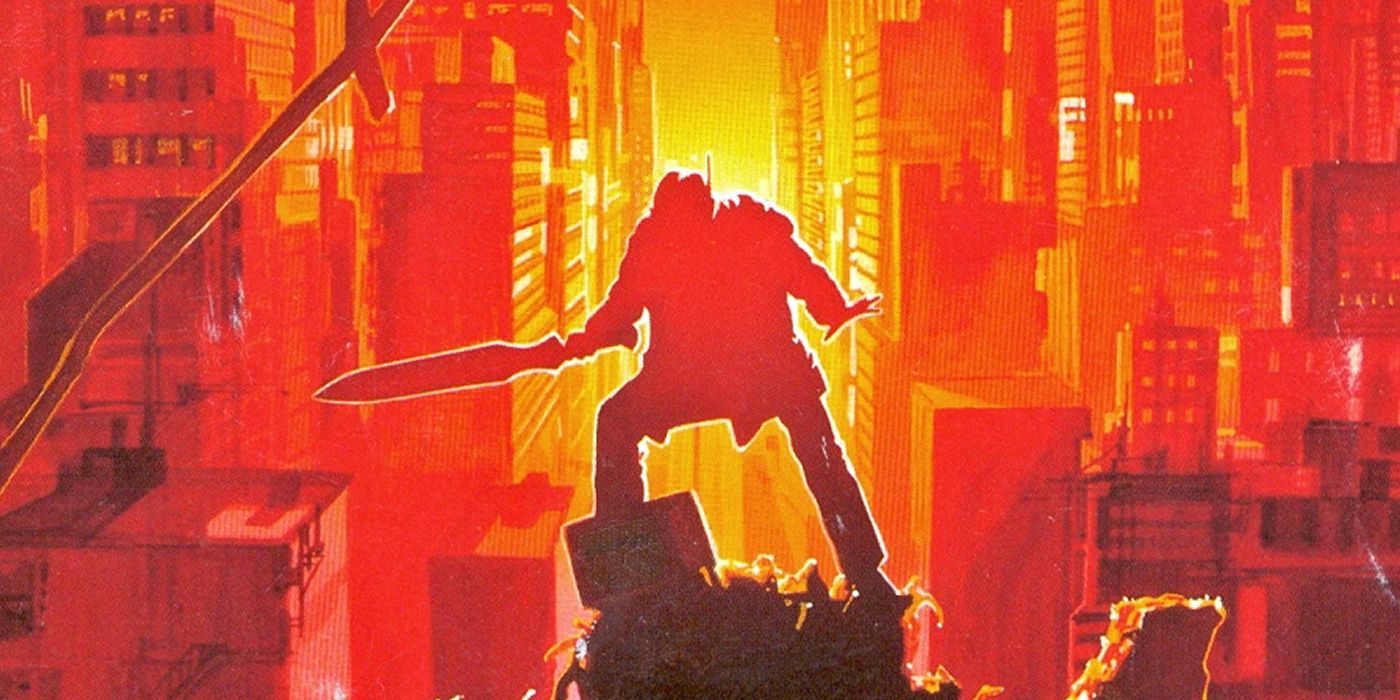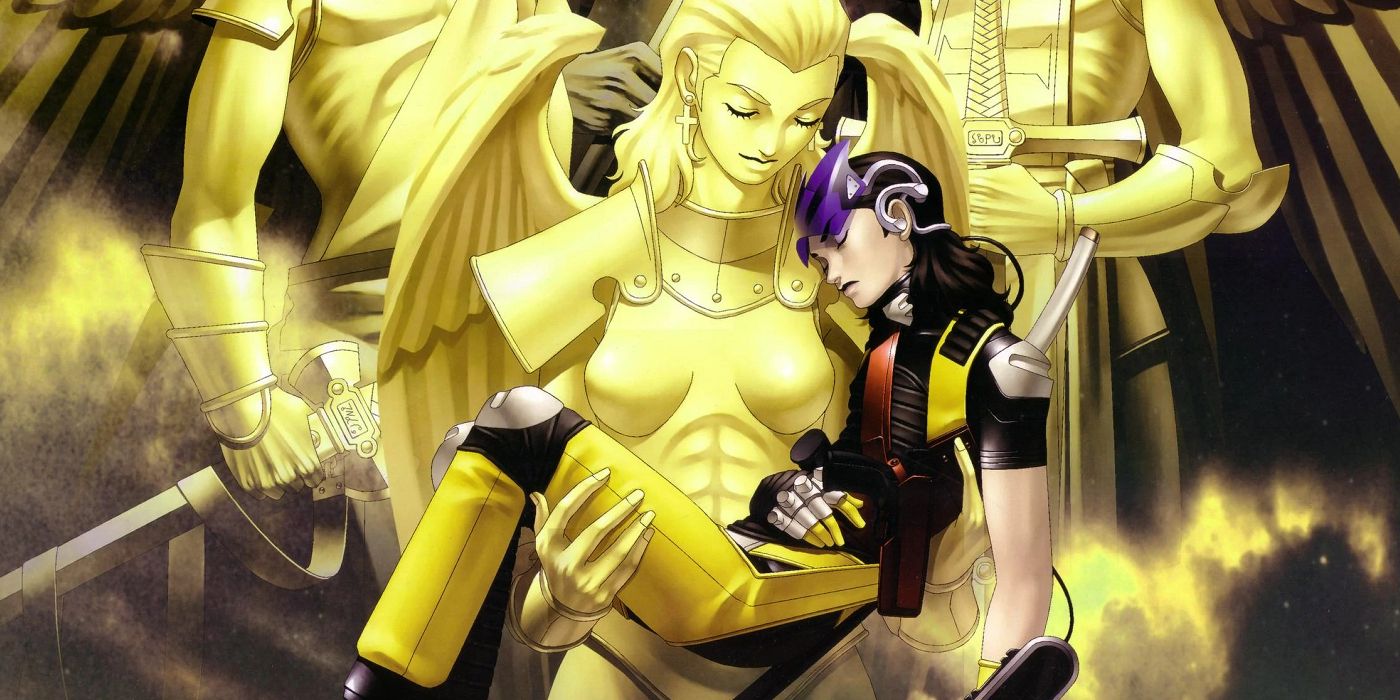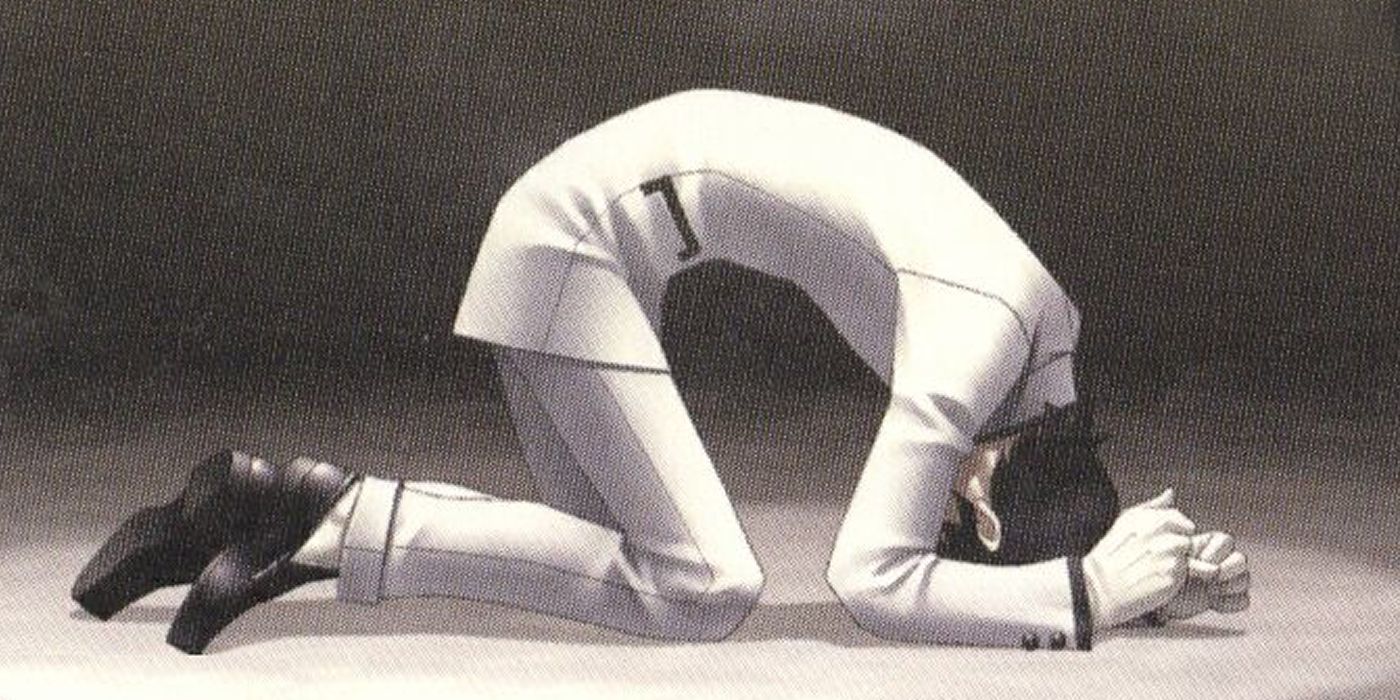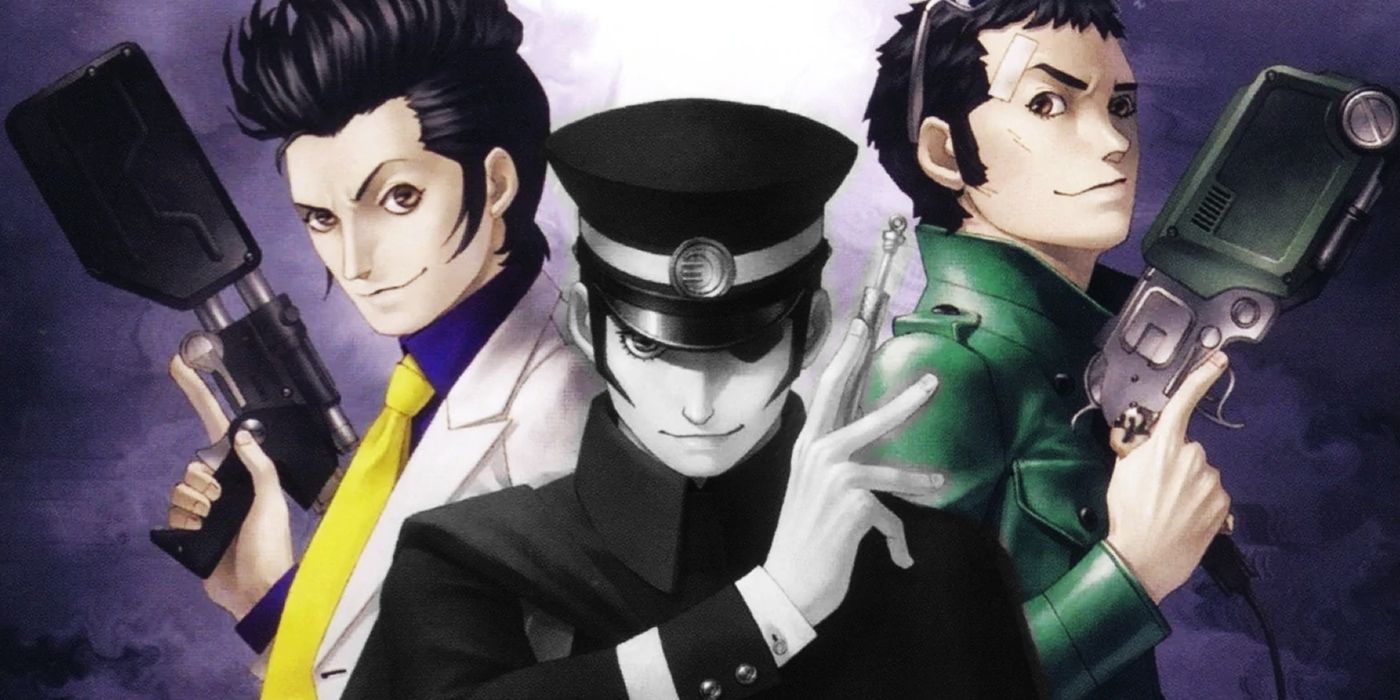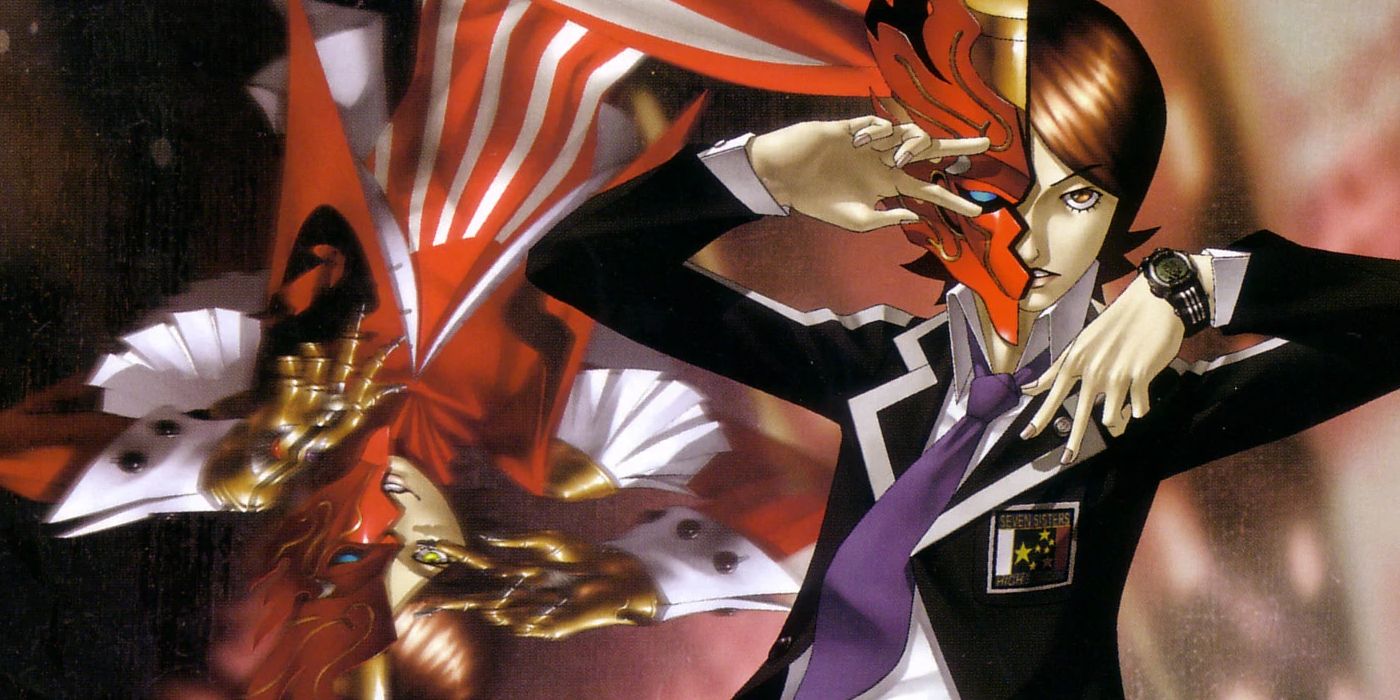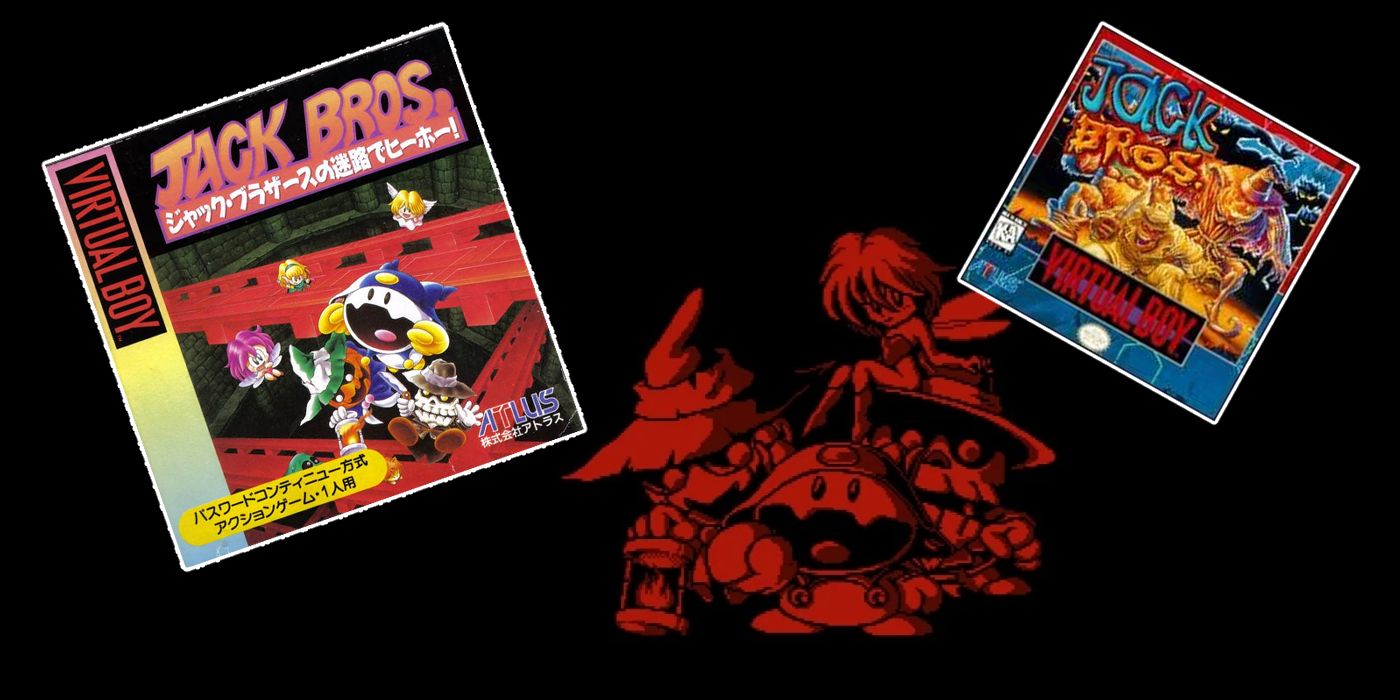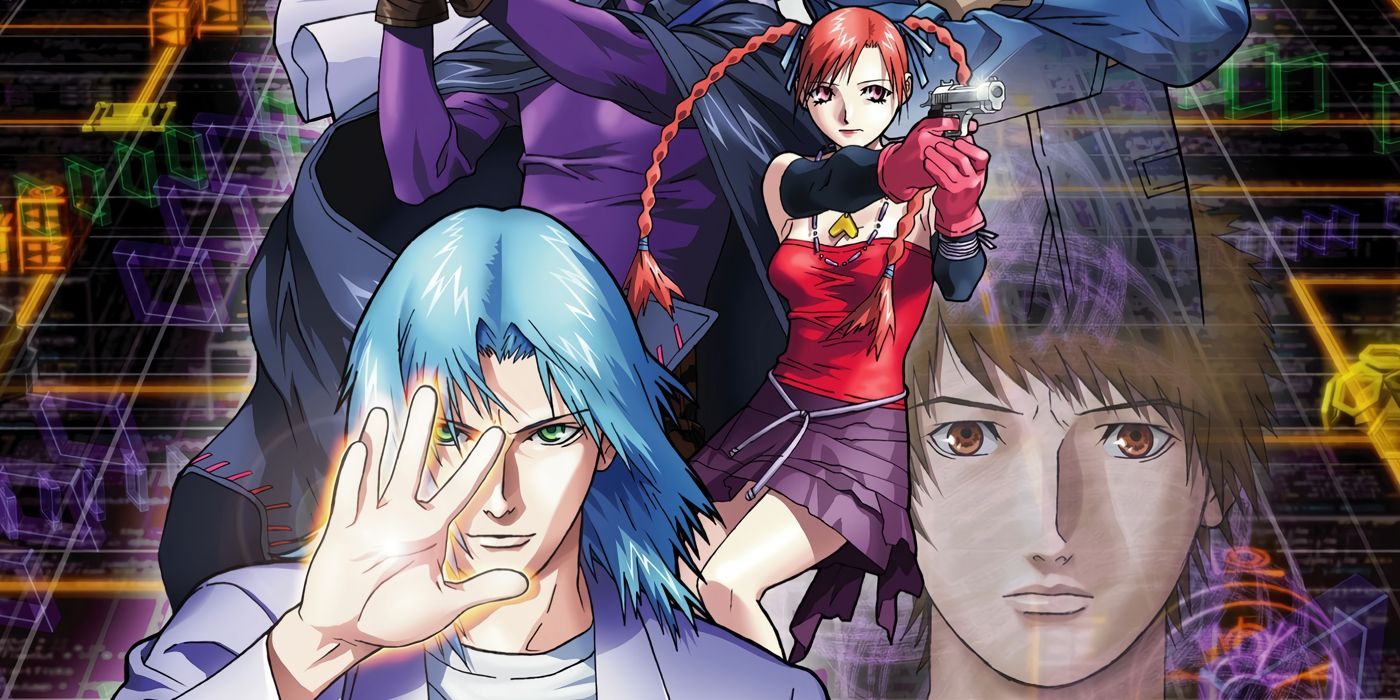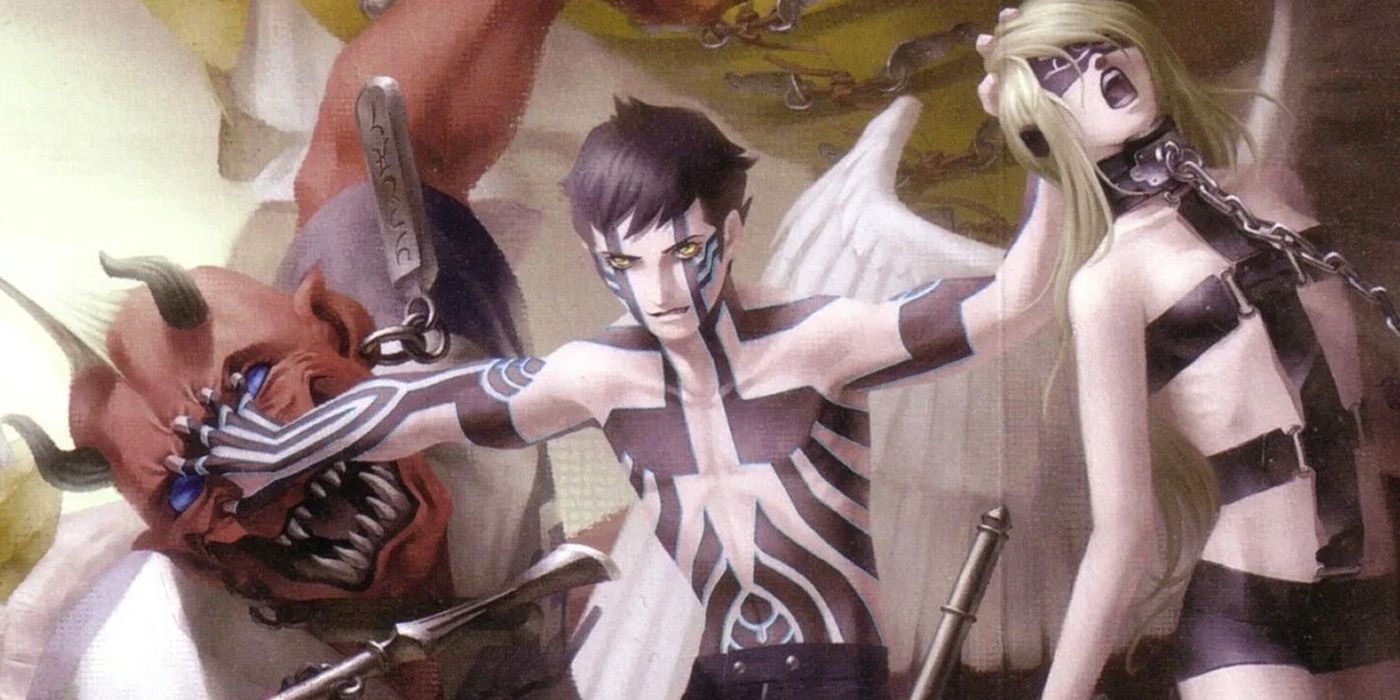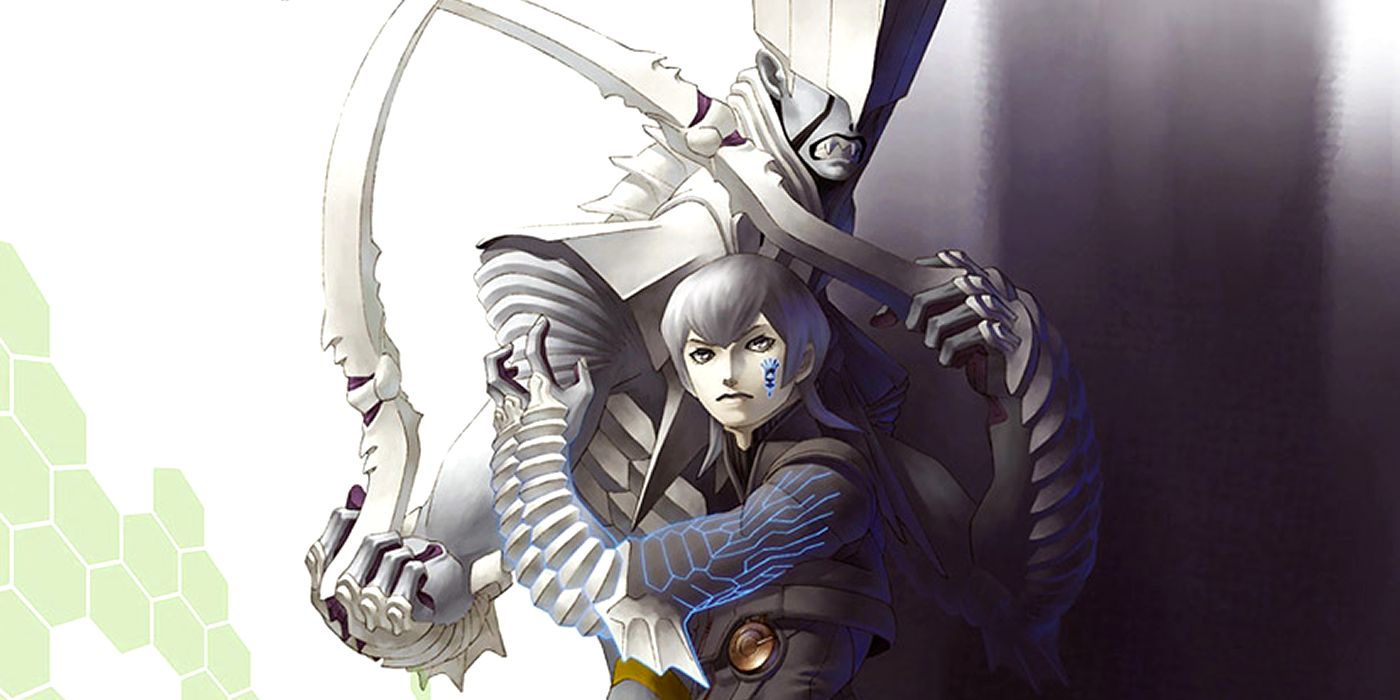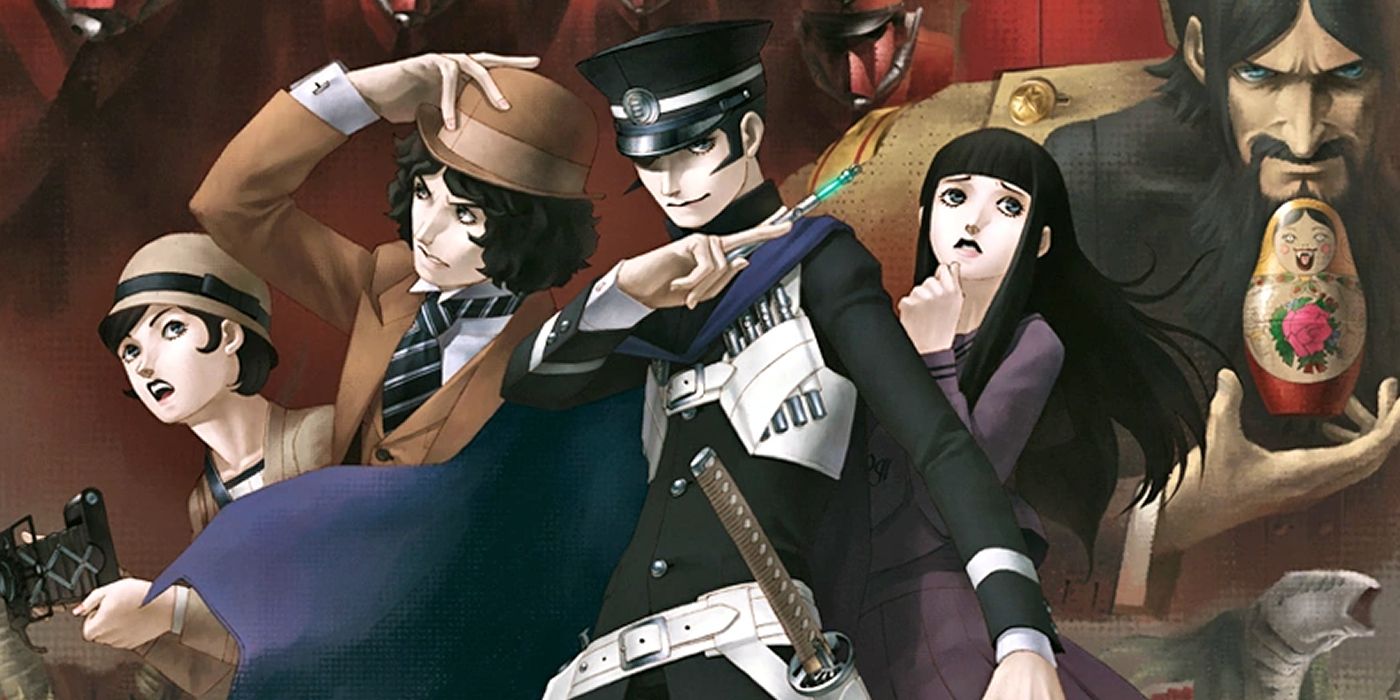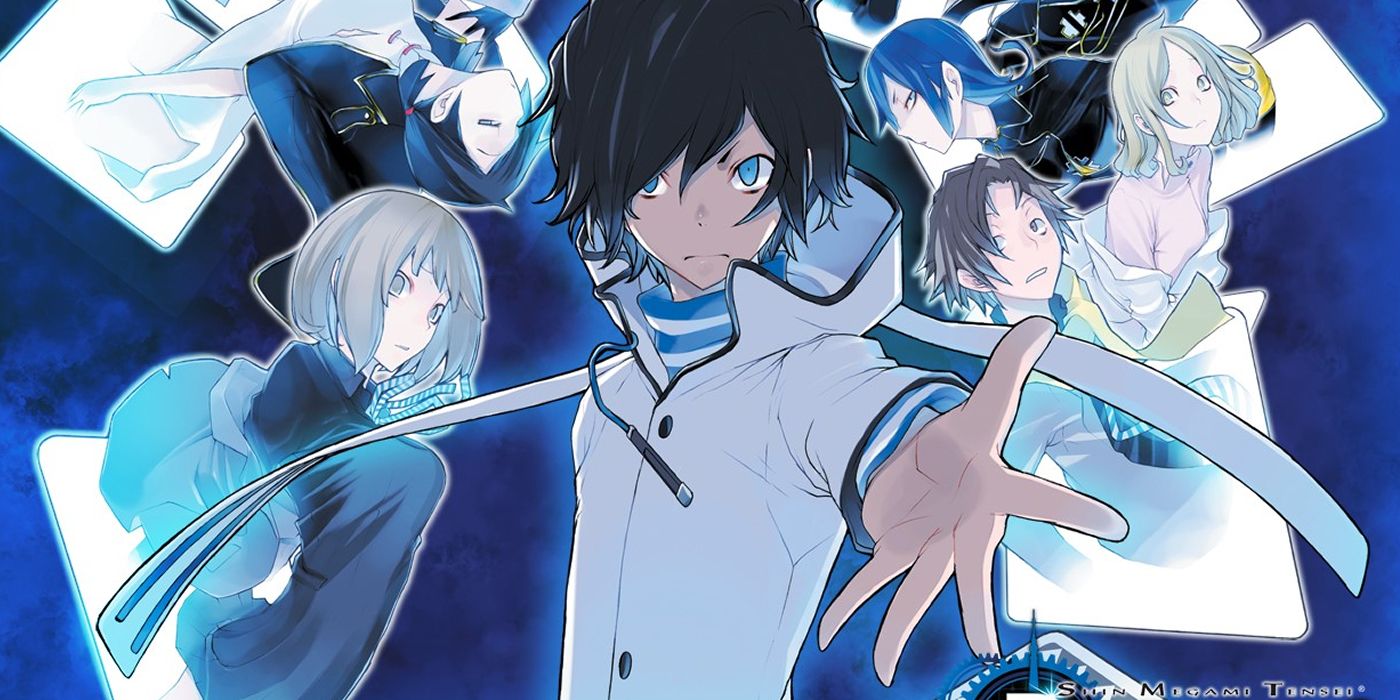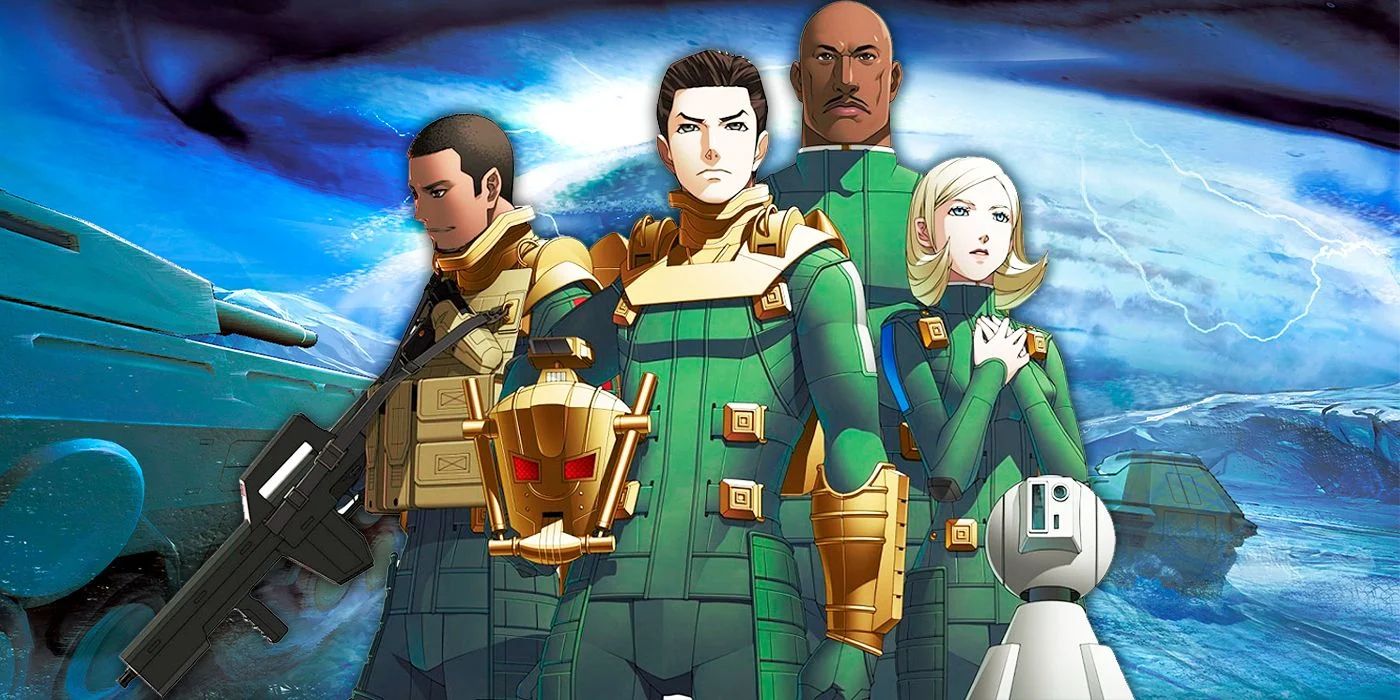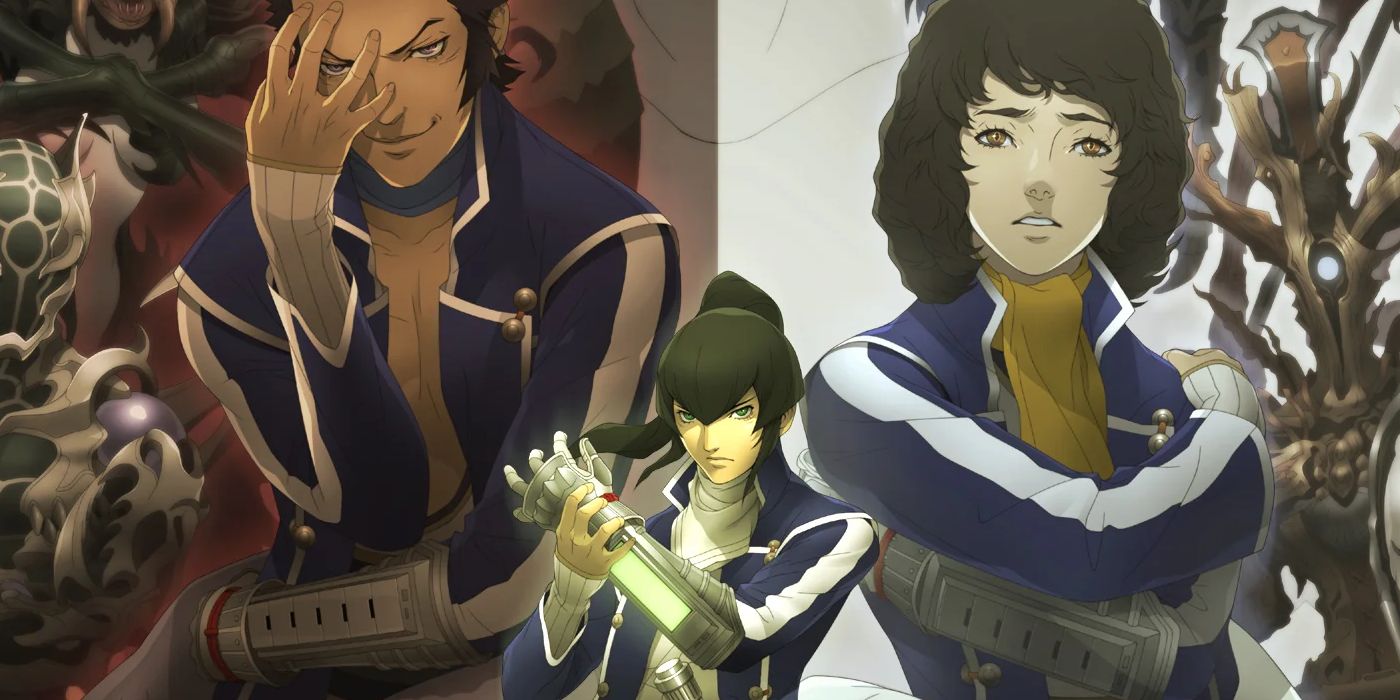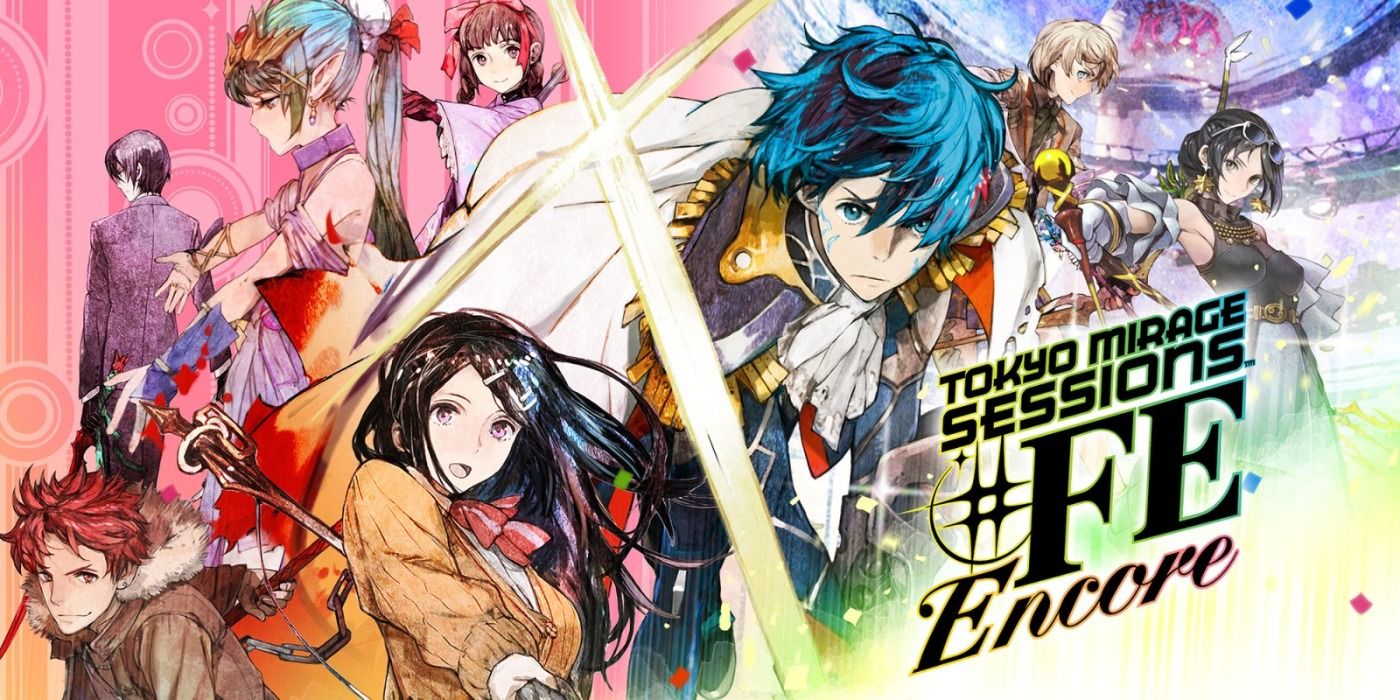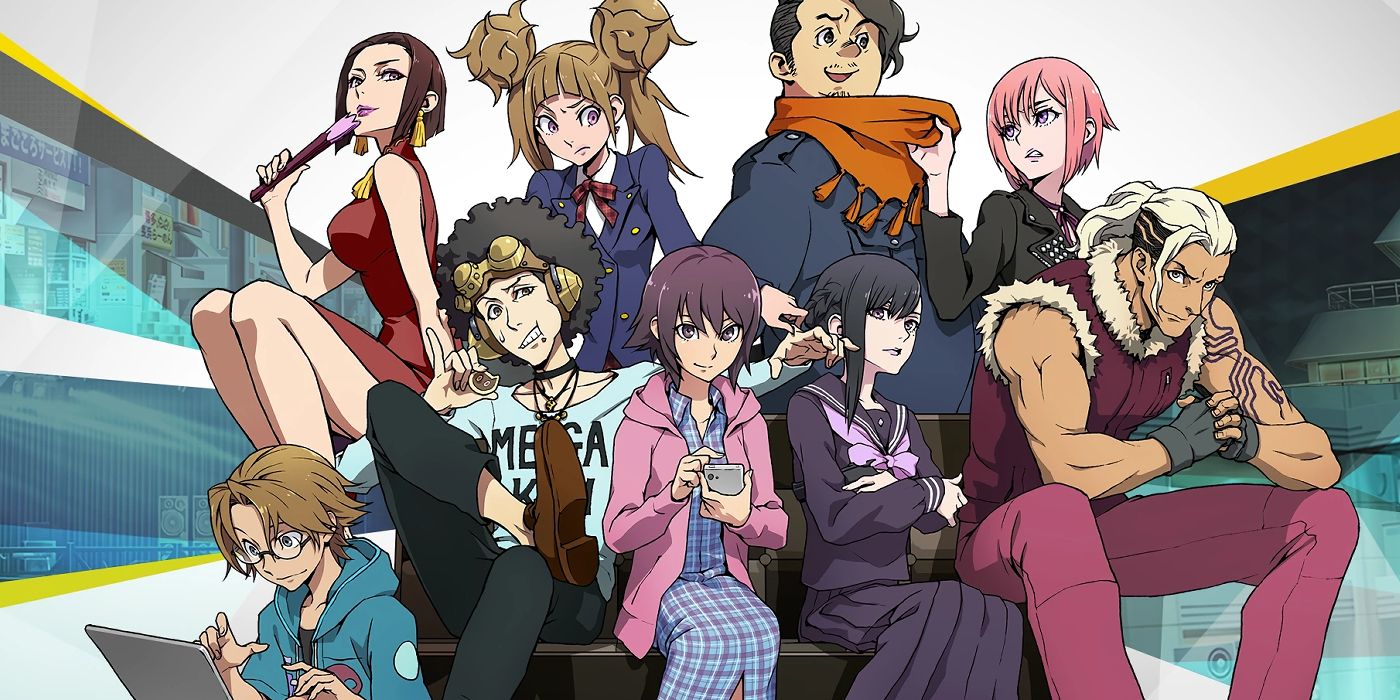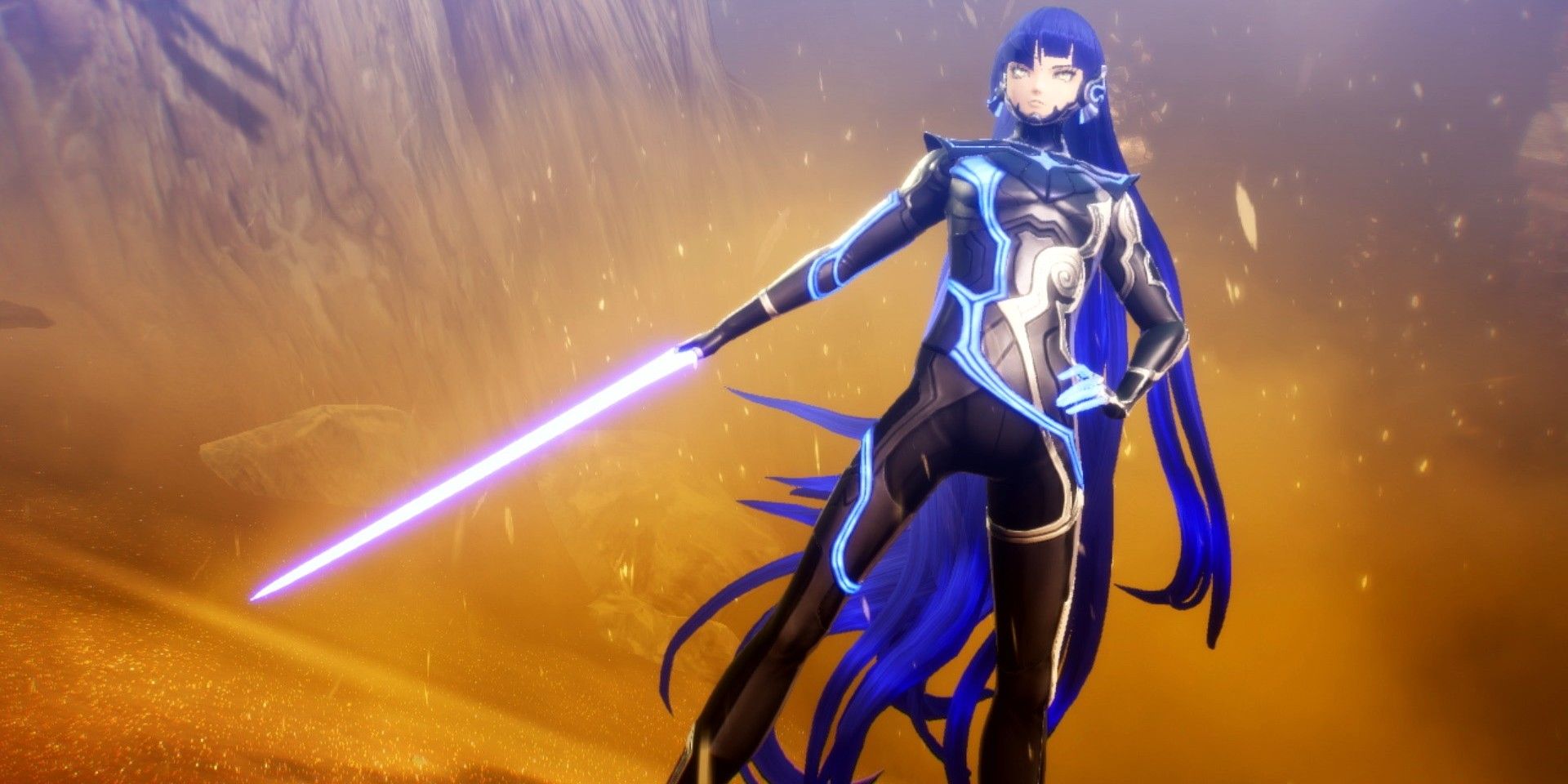With the release of Shin Megami Tensei V on Nintendo Switch, the prestigious Shin Megami Tensei franchise gains a highly anticipated new addition. The SMT franchise is one of the largest in video game history, spanning ten different series. While these series have underlying similarities, they’re all different in meaningful ways that have kept the franchise thriving since its inception in the late 1980s.
The two most well known series within the SMT franchise are the mainline Shin Megami Tensei series itself and Persona. There have not only been additional series released across a wide variety of consoles, but also further spinoffs and adaptations. While there’s a lot to like about the SMT and Persona series, the SMT franchise as a whole has produced such a vast amount of content that it can be hard to keep up.
Even with the popularity of the Persona series surpassing SMT, the SMT series has directed the other series around it in terms of storytelling and especially in terms of gameplay. While the original SMT solidified a classic dungeon crawling experience that most spinoff series would utilize, Shin Megami Tensei III: Nocturne would move the franchise in a more 3D-oriented direction. All the while, the numerous spinoff series would have their own unique attributes to flesh out the universes surrounding this long-lasting and beloved franchise.
The Start Of The Franchise: Digital Devil Story: Megami Tensei
The media that started the SMT franchise wasn’t a video game at all, but a novel. Digital Devil Story: Megami Tensei was written by Aya Nishitani and published in 1986. The book received two sequels, and an additional six books set in the same universe. Of this entire series, only the first novel got adaptations. It would inspire an original video animation (OVA) and two video games. The first, developed by Telenet, initially released in July 1987 for computers. It’s a top-down adventure game with no direct relation to the Atlus games. Players navigate through maze-like levels and defeat demons by tossing swords at them.
Atlus’ own take on Digital Devil Story: Megami Tensei was released in September 1987 for the Famicom, or the Japanese NES. It’s a first-person, 3D dungeon crawler JRPG. It also begins the series tradition of the protagonist having the ability to Negotiate with demons to have them join his side and Summon them to fight in his party. He can also perform demon fusion in specific locations.
Megami Tensei II is entirely separate from the first Megami Tensei game, with all new characters and a story that doesn’t follow after the first game, although there are some references to it. Megami Tensei II features many tropes that would become series staples. The dungeons in Megami Tensei II are once again in first-person, but they’re connected through an overworld reminiscent of early Final Fantasy overworlds. But where Final Fantasy is more fantastical, Megami Tensei II’s setting is a post-apocalyptic Tokyo, which would go on to become another Shin Megami Tensei series standard.
Megami Tensei II also has multiple endings reminiscent of the Law, Chaos, and Neutral routes Shin Megami Tensei games would come to feature. In Megami Tensei II, the different endings are based on which demons the player helps throughout the game. Later Shin Megami Tensei titles would have players side with certain characters as they made their way down an alignment, the beginnings of which can be seen in Megami Tensei II, as players side with the magic-using “partner” over their long time “friend,” the latter of whom players must defeat later.
The First Shin Megami Tensei Game
In October 1992, Atlus released Shin Megami Tensei on the Super Famicom, Japan’s SNES. The first-person dungeon crawling, top-down overworld, post-apocalyptic setting, and multiple endings return from Megami Tensei II, but the different endings are based on the player’s alignment. Alignment is based on choices players make throughout the game. After nuclear warfare destroys the world, demons appear and two major factions pop up: the Messians and the Gaeans. The Messians want to summon God to rid the world of all nonbelievers, resulting in a global society of complete peace but no freedom. The Gaeans’ goal is to stop the Messians; the Gaeans’ “everyone for themselves” worldview would offer everyone complete freedom, but no peace as the strong can freely control or even kill the weak.
These ideas of the pros and cons of “Law” and “Chaos” would become staple themes in the Shin Megami Tensei series. The player can assist or ignore these factions throughout the game, as well as make other minor choices that change the way the story plays out and the battles that must be fought. Aligning with Law or Chaos also gives players access to certain weapons and bars them from using others. Players may also choose to stand against both the Messians and Gaeans. In doing so, players align themselves with neutrality, another Shin Megami Tensei staple, and allow humans to restore the earth on their own.
Shin Megami Tensei was a popular and massively influential game that solidified the success of the franchise. Still, due to the difficulty of getting Japanese games translated officially into English at the time, Shin Megami Tensei wouldn’t see an international release until 22 years after it was first released in Japan. The game received many ports, but the first and only time the game has seen the light of day internationally was in March 2014 as an iOS port that is no longer available for download.
Majin Tensei: An SRPG Megami Tensei Spinoff
Released before SMT II, the Majin Tensei Super Famicom series features recruitable demons, multiple endings based on players’ choices, and a similar setting to Shin Megami Tensei, but gameplay-wise they’re SRPGs. The first game is visually similar to the top-down look of early Fire Emblem titles, while the sequel is more isometric like Final Fantasy Tactics. Unfortunately, none of the games in this series were released internationally, and even more unfortunately, this would become a repeated occurrence for the next few entries in the franchise.
Solidifying The Franchise With Shin Megami Tensei II
In March 1994, the sequel to Shin Megami Tensei, Shin Megami Tensei II, released on the Super Famicom. The story takes place in the same world as SMT a few decades later. Although the neutral ending is implied to have taken place, with remaining Messians and Gaeans working together to create a peaceful world, over time the Messians rose higher and higher in power until they controlled the entire government, called the “Center.” They once again hope to summon their God to create the Thousand Year Kingdom.
Although the story begins focused around a Law-based society, the player can still make choices throughout the game to change their alignment to either Chaos or Neutral, or they may continue to support Law. In Shin Megami Tensei II, alignment affects not only the story, but which demons the player can fuse. The rest of the gameplay remains similar to the first SMT, but more refined and balanced.
Shin Megami Tensei II also puts much more focus on a fleshed-out story and distinct characters compared to SMT. The only reason why it may not feel as memorable compared to the first game, despite improving and polishing up the series experience, is because it was never released outside of Japan. Although there are numerous ports of Shin Megami Tensei II across different consoles, none of them have received an official English release.
Shin Megami Tensei: if…: The Foundation For The Persona Series
Seven months after the release of Shin Megami Tensei II, Shin Megami Tensei: if… released for the Super Famicom. The story of if is technically a spinoff, taking place in another universe where the nuclear bomb wasn’t dropped in SMT, but if is still treated as a title in the main SMT series. SMT: if’s school setting is a first for SMT, and served as a direct inspiration for the Persona series.
Another element of SMT: if that would go on to influence Persona are Guardians. After each battle, the human characters of the party gain points to fill a gauge. When they die, they’re granted a Guardian based on how full the gauge was at the time. While each Guardian can permanently teach their host certain magic—except for the protagonist—they also affect the stats of their host. If a character dies with a strong Guardian but a low gauge, then it will be replaced with a weaker one that will hurt their stats.
Although the player’s choices don’t affect their alignment in SMT: if like in other mainline SMT games, each of the students they can travel with have their own motivations that match up to the Law, Chaos, and Neutral alignments. Additionally, each has differences in the story and dungeons that they can visit. A fourth character, Akira Miyamoto, can only be joined after completing the game at least once, and has all-new dungeons compared to the rest of the cast, acting as a hefty New Game+ option.
Another big deviation from most SMT games is that players can choose the gender of their protagonist in if. The protagonists have access to different equipment, some different Guardians, and the way demons respond to their recruitment attempts change, too. But the story plays out the same no matter who players choose. Across different series, though, if’s female protagonist is the one considered “canon,” as she appears in Persona and the Persona 2 duology as a minor character named Tamaki Uchida.
The Shin Megami Tensei: Devil Summoner Series Before Raidou Kuzunoha
At the very end of 1995, the Sega Saturn saw the release of Shin Megami Tensei: Devil Summoner. This series is set in the same non-apocalyptic world as SMT: if. Devil Summoner features modern and stylish character designs, with a detective narrative feel. The 1997 sequel, Devil Summoner: Soul Hackers, maintains the detective story feel but is set in a cyberpunk setting. They’re both first-person dungeon crawlers like previous SMT games. Although there are no alignments, demons that are recruited won’t comply with players’ commands unless their loyalty is raised first, the requirements for which are different for each one. Of these two games, the first never saw an international release, while Soul Hackers received a Nintendo 3DS remake in 2013 that was officially released in English.
SMT: The Persona Series
Released in Japan as Megami Ibunroku Persona and in North America as Revelations: Persona in 1996 on PlayStation, the very first game in the beloved Persona series has more in common with classic SMT than its newer series entries when it comes to gameplay. It’s another first-person 3D dungeon crawler, with turn-based battles on a grid. Character attacks and skills have different ranges, and players must arrange their party members’ formation to make the most of their reach.
The first North American release of Persona is infamous for not only cutting one of the game’s two routes, but also its major changes made to character names and even character designs. The characters were renamed and redesigned to appear less Japanese and more white, with the exception of the character Mark, who was redesigned to be Black. The original game’s character designs, as well as the missing route, were restored in the PSP enhanced remake of the game.
The entire story of Persona 2 is split into two games: Innocent Sin and Eternal Punishment. Their nuanced characters and unique story about stopping the Masked Circle while dangerous rumors become reality have become well-loved among fans as an underrated set of classics. The dungeons in Persona 2 are presented in an isometric view, almost like a midway point between the first-person view of Persona and early SMT and the third-person 3D view of SMT III and Persona 3 onward. Persona 2 also drops the grid from Persona’s battles, opting for a more standardized turn-based system.
Starting with Persona 3, the series would take more influence from SMT III, including a variation of the Press Turn System and “enhanced editions” for each game. Social Links enhanced their focus on high school social life. The series’ popularity has continued to rise with each new game.
Shin Megami Tensei For Younger Audiences
There were a few times throughout the history of SMT that Atlus tried to make games that were more appropriate for younger audiences. The first was after SMT, with the Megami Tensei Gaiden: Last Bible spinoff series. The series’ three games are set in a fantastical world rather than a post-apocalyptic setting. Their side games play differently, with Another Bible being a turn-based strategy RPG, while Last Bible Special is a first-person dungeon crawler like Shin Megami Tensei before it.
Another more cutesy SMT game is Jack Bros., released in September 1995 in Japan on the Virtual Boy console. This top-down adventure game has players navigate mazes as one of the three Jack Bros. in a game completely different from any SMT game before it—and yet Jack Bros. is the very first game in the entire franchise to see an international release, just one month later in October 1995. It came complete with its own overly reworked box art to make the game look much grittier than it actually was, Bad Box Art Mega Man style.
The most well-known “kid-friendly” SMT series, however, is Devil Children. This series of GameBoy Color and GameBoy Advance games feature redesigned demons and focus on collecting them, similar to the Pokémon series. Another similarity between the two franchises is that Devil Children games come in pairs so players can trade between their different games. The games have their own protagonists, however, so players can experience the story through different perspectives if they get both versions.
The Shin Megami Tensei MMORPG(s)
The non-chronological naming convention of the Xbox systems may have inadvertently been predicted by SMT. The only game in the franchise besides the Persona 4 Arena spinoff games to be released on an Xbox console is Shin Megami Tensei NINE, which, as a mainline title, was released in between SMT II and SMT III. NINE was intended to be an MMO, but was released as a single-player game instead. It takes place during SMT I after Tokyo was destroyed, as people visit a virtual version of Tokyo that has become infested with demons. Players input commands for their party to follow rather than directly control each party member as they would in a traditional RPG. In terms of alignments, NINE combines the series’ traditional Law, Neutral, and Chaos alignments with “light,” “neutral,” and “dark.” This results in nine total, similar to the iconic D&D alignments, and serves as the basis for the game’s title.
SMT NINE’s failed MMO aspect was the foundation for Shin Megami Tensei IMAGINE. This game did see distribution in North America, unlike NINE. IMAGINE again takes place in a post-apocalyptic setting, with players taking the role of a Demon Buster who can join either the Law or Chaos Faction in the destroyed Tokyo. The MMO game shut down its servers in 2014 in North America and 2016 in Japan.
Shin Megami Tensei III: Nocturne: The Backbone Of Modern SMT
In 2003, the world of SMT changed. In Shin Megami Tensei III: Nocturne, the player is the Demi-fiend, with the ability to naturally summon demons. Demons can now level up and potentially gain new skills, giving them more value in battle and adding to the diversity of fusions. The dungeons of SMT III are also fully 3D. Players explore them from a third-person perspective instead of a first-person perspective.
SMT III’s most influential change is the Press Turn System. Before, the series’ turn-based battles were fairly standard, with allies and enemies moving during the same turn based on their speed. Starting with SMT III, the player and enemy have distinct turns. Each unit gets one action, but by exploiting an enemy’s weakness or landing a critical hit, one more action can be added, meaning especially strategic plays can double the normal number of actions per turn. The drawback is that missing or hitting a resistance results in the loss of an action. But enemies can also take advantage of the Press Turn System, making it important for players to cover their weaknesses to avoid being overwhelmed.
Another influence SMT III has had on the series is its introduction of the “enhanced version.” In Japan, SMT III received two enhanced releases which added new content to the game. Maniax was used as the basis for the game’s original international release, and features Dante from the Devil May Cry series. The 2020 HD Remaster is based on the Maniax Chronicle version, which changed Dante for Raidou Kuzunoha.
SMT Digital Devil Saga: Avatar Tuner
The Digital Devil Saga: Avatar Tuner duology takes the basic gameplay systems of SMT III and adds in-depth character customization for each party member. Digital Devil Saga is very character-driven, taking place in the war-torn Junkyard as the protagonists are forced to adjust to their new demonic powers that require them to kill and eat their enemies. All the while, they slowly learn the mysterious truth behind the Junkyard. The Digital Devil Saga games are somewhat obscure but well-loved for their strong storytelling, and even received an official novelization.
SMT Devil Summoner: Raidou Kuzunoha Series
Almost ten years after the release of the first Devil Summoner, Devil Summoner: Raidou Kuzunoha vs. The Soulless Army and a sequel, Raidou Kuzunoha vs. King Abandon, released on PS2 in March 2006 October 2008, respectively. These games continue the series’ stylish detective feel in a non-apocalyptic world, but the Raidou Kuzunoha games are set after the Meiji Restoration in the early 1900s. Instead of taking after classic SMT dungeon-crawling gameplay, these two Devil Summoner games instead use exploration similar to SMT III: Nocturne.
The battles of the Raidou Kuzunoha series aren’t turn based, however: instead, they’re real-time action fights where players can combo sword swings, gun shots, and blocking. The games adapt the Press Turn System to work for its real-time gameplay. Exploiting an enemy’s weakness stuns it for a short period of time. When an enemy is stunned, the iconic SMT protagonist Raidou can either hit them for guaranteed criticals, or try to capture them to use in battle.
Another Try With SRPGs: SMT Devil Survivor
As the 00s came to a close, the Shin Megami Tensei: Devil Survivor games released for Nintendo DS. Joining the rare ranks of the Majin Tensei series and Another Bible, the two Devil Survivor games are turn-based SRPGs. Their battle system uses a simplified variant of the Press Turn System, and includes a time management element reminiscent of the post-SMT III Persona titles. Both titles received enhanced releases on the Nintendo 3DS.
Etrian Odyssey Meets SMT: Strange Journey
Atlus followed up the success of their Nintendo DS series Etrian Odyssey, an old-school first-person 3D dungeon crawler like the original SMT, with a title that was partially a “return to form” and partially a new foray for the series. The result is Shin Megami Tensei: Strange Journey, originally released on Nintendo DS with an enhanced version released on Nintendo 3DS. Although the Press Turn System is removed, the dungeon crawling and mapping, skill customization, and unique story and series-first setting is significant enough to be considered on-par with other mainline SMT titles. Developers even considered giving the title of “SMT IV” to Strange Journey at one point. Strange Journey is usually considered the peak of first-person dungeon crawling in the SMT series.
Shin Megami Tensei IV And Apocalypse
Shin Megami Tensei IV released in 2013 on Nintendo 3DS. The game improves upon the “app” customization system from Strange Journey and keeps the third-person exploration and Press Turn System from SMT III. New to SMT IV is Smirking, a gameplay element that adds bonuses to taking advantage of the Press Turn System. Demons can also “whisper” to the protagonist after they’ve learned all their skills, giving players the chance to teach their skills to the protagonist and customize his abilities.
SMT IV’s unique setting and cast of characters was well-loved, but its sequel, SMT IV: Apocalypse, was far more divisive. Apocalypse improves gameplay balance and features some returning characters, but many fans felt the more lighthearted cast clashed with the SMT series’ usual gritty, “bitter” atmosphere. Another point of disappointment comes from how choices don’t impact the game like in previous SMT titles; only one choice throughout the entire game affects the ending players will get.
SMT And Fire Emblem Crossover: Tokyo Mirage Sessions
The SMT series produced a crossover game with the Fire Emblem series. Titled Tokyo Mirage Sessions #FE, the game follows a group of idols who awaken to their power to ally with Mirages. The idols are all-new characters, while the Mirages are based on various Fire Emblem characters from the games set in Archanaea and Yllise. First released on the Wii U, an enhanced port was released on Nintendo Switch in 2020.
A Shin Megami Tensei Mobile Game: Liberation Dx2
Almost all of the previously mentioned SMT series have had minor mobile games made based on them that are no longer downloadable. The most notable mobile game in the SMT series is the standalone 2018 release, Shin Megami Tensei: Liberation Dx2. Although there is demon fusion, the game also features a gacha element. It’s known for its collaborations, from the fitting Bayonetta and Devil May Cry series, to the more surprising Sonic the Hedgehog collaboration.
The Newest In The Series: Shin Megami Tensei V
The latest game in the SMT franchise, Shin Megami Tensei V brings its own slew of changes to the series. Both the protagonist’s and demons’ skills can be customized in more ways than ever thanks to Essences, and exploring expansive areas is given more emphasis than ever before. It keeps SMT IV’s addition of enemy demons appearing on the overworld but removes Smirking, opting for a more traditional Press Turn System for battles. Already a well-loved hit, the successful implementation of both old and new mechanics as well as its approach to characters and alignments is sure to shape future mainline and spinoff SMT titles just as the previous mainline titles did before it.

